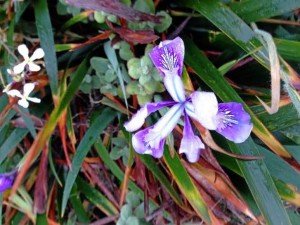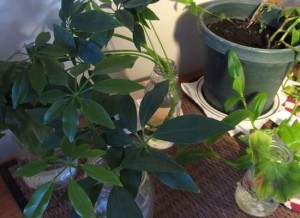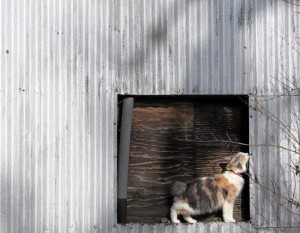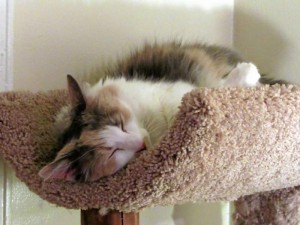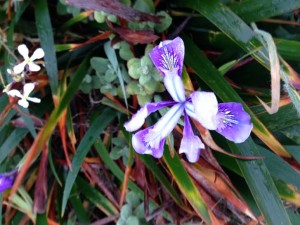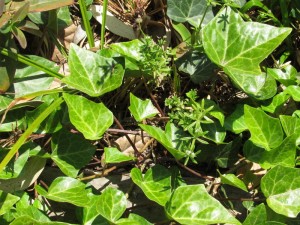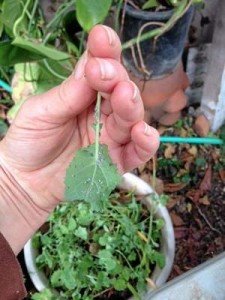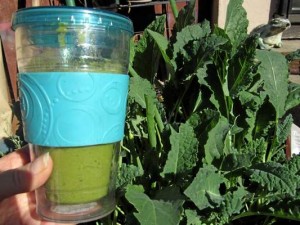By Heather Hacking, Chico Enterprise-Record
POSTED: 05/14/15, 11:10 AM PDT | UPDATED: ON 05/14/2015 0 COMMENTS
The morning of Mom’s Day was a flurry of last-minute housekeeping. We had reservations at a restaurant, but there seems to be something instinctive that causes moms to check their children’s homes for health and safety hazards.
It starts with checking behind our ears when we are infants. In the teen years, moms might smell their children’s breath after a date, checking for booze. Once children live on their own, Mom might check in the broom closet to see if a deadbeat boyfriend is hiding his guitar and knapsack. She might also check under the couch for toxic lint.
NEW LIVING ROOM
Before Mom and my sister arrived last week, we pushed the wheelbarrows out of the way, cleaned up a few piles of garbage, cleared off the table and wiped down the chairs.
This was all in our new outdoor sitting area, which has become the largest “living room” of the house.
When the weather is this beautiful, I can spend almost all of Sunday working “around the house.” It’s time to lift the daffodils from the 25-gallon containers and use the soil to plant tomatoes. There are always weeds to be yanked and I’m still trying to propagate star jasmine from cuttings.
Before I know it, the mosquitoes are ready to bite and I haven’t done a thing indoors.
Last weekend when Mom asked to use the bathroom I was embarrassed.
The patio looked great, but I couldn’t ask her to pee outside, at least not on Mother’s Day.
I’ll start “spring cleaning” the inside of the house when the temperatures are unbearable outside. This way I can clean behind the couch with the air conditioner at full force.
WHAT’S OUTSIDE
After the septic workers came and went, a truckload of new gravel was spread in the driveway outside the side door.
We found a long-forgotten shade structure in the shed and placed it over the picnic table. This is the kind you might set up if you are camping for a week.
Another ratty-looking picnic table was completely covered with sun-loving potted plants and pushed near the front of the driveway. This creates a secluded outdoor area. Potted shade plants have been tucked under the table.
At Costco we bought a “shade sail,” which created another covered area for plants that would otherwise burn when summer arrives.
Just to be safe, another 13-foot shade triangle is in the box and sitting on the dining table.
Right now we spend an hour or more each evening outside, petting the cat, listening to the birds and fussing with the many potted plants all around.
WATER WATCH
Last week some of us were on a girl’s night out, chatting about gardening and saving water.
In particular, how did we save water when washing our faces at night?
One friend said she used the hot water in the kitchen because it is closer to the hot water heater. While the water is warming, it fills a tub she uses to water some outdoor plants.
Another friend said she places a wet wash rag in the microwave. She adds a tab of soap, lathers, then rinses with cold water.
For my part, I keep a tall plastic water cup in the bathroom. It takes about 20 ounces for the water to warm, and this water is dumped into a five-gallon silver bucket in the shower.
The bucket also catches water when we shower. After a few gallons, the water can be used to dump directly into the toilet bowl for a flush.
The fact that we were all talking about this while scarfing asparagus at a swank restaurant bodes well for surviving the drought.
Saving water — it’s not just a lifestyle, it’s something to brag about.

